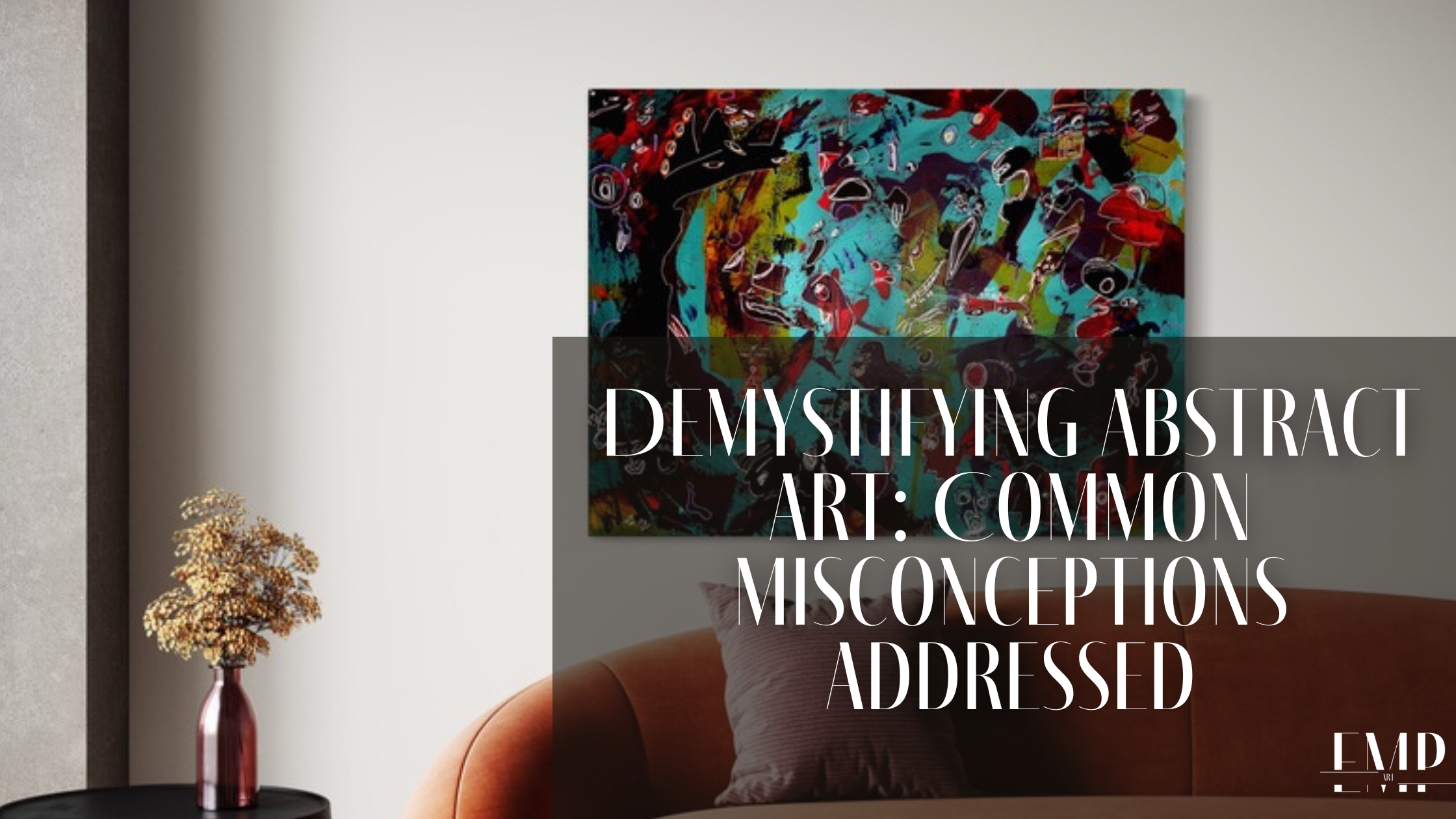
Banksy: Street Art as a Tool for Social Commentary
Banksy is an enigmatic figure in the art world, known for his provocative and often controversial street art that spans cities across the globe. Despite maintaining anonymity throughout his career, Banksy has become one of the most influential and recognizable artists of our time. His works, characterized by their distinctive stenciling technique and bold social and political messages, challenge viewers to reconsider their perceptions of art and its role in society. Banksy's art is not confined to the walls of galleries; instead, it exists in public spaces, making it accessible to a broad audience and amplifying its impact.

Frida Kahlo: Painting Personal Pain and Political Activism
Frida Kahlo remains one of the most significant and influential figures in both the art world and the realm of political activism. Born in 1907 in Mexico City, Kahlo's life and work have transcended generations, offering profound insights into the human condition and the complexities of identity, gender, and politics. Known for her vividly detailed self-portraits and striking symbolic imagery, Kahlo’s paintings are not just artistic expressions but powerful narratives that reflect her personal experiences and socio-political views.

Cinematic Influences in Painting: How Art Borrows from Film
The relationship between film and painting is a fascinating interplay of visual arts, where each medium has continually borrowed and evolved from the other. Since the advent of cinema in the late 19th century, the dynamic and immersive nature of film has captivated audiences and influenced various forms of artistic expression. Painters, in particular, have been inspired by the narrative and visual techniques developed in cinema, incorporating these elements into their work to create compositions that are rich in storytelling and emotional depth.

Basquiat - A History and Appreciation of His Work
Jean-Michel Basquiat was a revolutionary figure in the art world whose meteoric rise from the streets of New York City to international acclaim transformed contemporary art. Born in 1960, Basquiat’s journey began as a graffiti artist under the pseudonym SAMO, where his unique style and thought-provoking messages quickly garnered attention. His transition to fine art was marked by a distinctive blend of raw expression and sophisticated commentary, making his work instantly recognizable and profoundly influential.

Post-Impressionism: Beyond the Brush Stroke
Post-Impressionism is a pivotal movement in the history of art, emerging in the late 19th century as a reaction against the limitations of Impressionism. While Impressionism focused on capturing the fleeting effects of light and color in the natural world, Post-Impressionism sought to delve deeper, exploring the realms of emotion, structure, and symbolism. This movement, although short-lived, profoundly influenced the direction of modern art, setting the stage for numerous avant-garde styles that followed.

Louise Bourgeois: Exploring the Depths of Emotion
Louise Bourgeois stands as a towering figure in the art world, renowned for her profound psychological explorations through her evocative sculptures and installations. Born in France in 1911 and later becoming a naturalized American citizen, Bourgeois' career spanned several decades, during which she created works that delved deeply into themes of trauma, memory, and the subconscious. Her art, often intense and deeply personal, continues to captivate audiences with its emotional depth and complex symbolism.

Demystifying Abstract Art: Common Misconceptions Addressed
Abstract art often finds itself at the center of heated debates within the art community and beyond. Many people view it with skepticism, citing common misconceptions that it lacks skill, meaning, or purpose. These misunderstandings can create a barrier to appreciating the true depth and value that abstract art brings to the artistic landscape. To fully grasp the richness of abstract art, it is essential to address and dismantle these misconceptions, opening the door to a more profound appreciation of its complexity and significance.

The Emotional Power of Abstract Art: Connecting with Viewers
Abstract art, with its unique ability to transcend the literal and delve into the emotional, offers a profound way to connect with viewers on a deeply personal level. Unlike representational art, which depicts recognizable subjects, abstract art uses color, form, and texture to evoke feelings and thoughts without relying on specific imagery. This form of art invites viewers to engage with it in a more intuitive and emotional manner, prompting individual interpretations and emotional responses.

Futurism: Celebrating Speed, Technology, and Modernity
Futurism, an avant-garde art movement that emerged in the early 20th century, revolutionized the world of art with its radical emphasis on speed, technology, and modernity. Originating in Italy, this dynamic movement sought to break free from the shackles of traditional art forms and celebrate the vibrant, ever-changing landscape of the industrial age. At its core, Futurism was a reflection of the rapid technological advancements and societal shifts that were transforming the world at an unprecedented pace.

Documenting Your Art Collection: Cataloging and Inventory Management
Documenting your art collection is a crucial step in managing, preserving, and appreciating your artworks. Whether you're an avid collector or just starting out, maintaining a comprehensive catalog and inventory of your collection can bring numerous benefits. Proper documentation not only enhances the value and appreciation of your collection but also facilitates future sales, loans, and donations. It helps you keep track of your artworks, their provenance, and their condition, ensuring that each piece is accurately represented and cared for.

The Role of Mythology and Folklore in Artistic Storytelling
Throughout history, mythology and folklore have served as rich sources of inspiration for artists, offering a treasure trove of narratives, symbols, and themes to explore and reinterpret. These timeless stories and legends, passed down through generations, reflect the collective wisdom, values, and cultural heritage of societies. By incorporating elements of mythology and folklore into their work, artists can convey universal themes and connect with audiences on a deep, emotional level.

Ai Weiwei: Art as a Means for Activism and Change
Ai Weiwei, a globally recognized artist and activist, has made a profound impact on contemporary art and the broader discourse on human rights and freedom of expression. Born in Beijing, China, in 1957, Ai's journey from a traditional artist to a fearless activist and dissident has captivated the world. His work transcends the boundaries of conventional art, blending powerful visual statements with poignant political messages. Through his installations, sculptures, photographs, and digital media, Ai Weiwei has consistently challenged authoritarianism, censorship, and the abuse of human rights, often at great personal risk.

Abstract Art in the Marketplace: Buying, Selling, and Valuing
The abstract art market, a dynamic and ever-evolving sector of the broader art world, presents a unique set of opportunities and challenges for collectors, investors, and art enthusiasts. Abstract art, with its emphasis on form, color, and emotion rather than representational accuracy, invites viewers to interpret and connect with pieces on a deeply personal level. This subjectivity can make understanding the value of abstract art both exciting and complex.

Supporting Local Abstract Artists: A Guide for Art Lovers
Supporting local abstract artists is more than just a gesture of appreciation for their work; it’s an investment in the cultural and economic vitality of your community.

Famous Abstract Artworks and the Stories Behind Them
Join us on this journey through the world of abstract art, as we uncover the fascinating tales and profound impacts of these iconic pieces.

The Role of Color in Abstract Art: Theory and Emotion
Unlike representational art, where the subject matter often dictates the viewer's emotional response, abstract art relies heavily on color to convey mood, emotion, and meaning.

Dadaism: Artistic Anarchy as a Response to World War I
Dadaism, often hailed as one of the most revolutionary art movements of the 20th century, emerged amidst the chaos and devastation of World War I.

Pop Art: A Mirror to Consumerism and Mass Media
Known for its bold, vibrant imagery and critical reflection on post-war consumer culture, Pop Art offers a rich tapestry of visual and conceptual elements that can captivate both seasoned collectors and newcomers alike.

The Power of Myth: Ancient Stories in Contemporary Art
In a world where technology and rapid change often dominate our consciousness, the enduring power of ancient myths and folklore continues to captivate contemporary artists and audiences alike.

Salvador Dalí: Surrealism and the Unconscious Mind
Salvador Dalí stands as one of the most iconic and influential figures in the world of art, renowned for his extraordinary contributions to the Surrealist movement.
